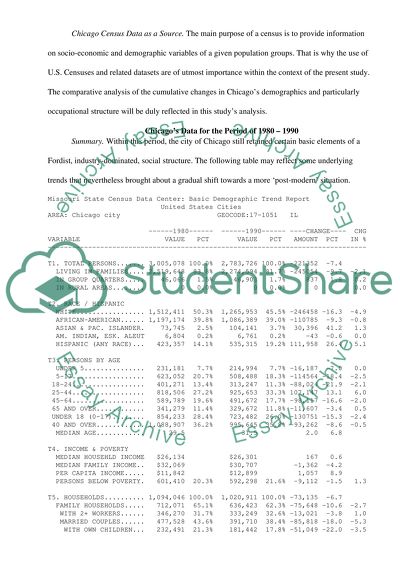Cite this document
(“Chicago as global city_Census analysis_1980, 1990, 2000, 2010 Dissertation”, n.d.)
Retrieved from https://studentshare.org/e-commerce/1400003-chicago-as-global-citycensus
Retrieved from https://studentshare.org/e-commerce/1400003-chicago-as-global-citycensus
(Chicago As Global city_Census analysis_1980, 1990, 2000, 2010 Dissertation)
https://studentshare.org/e-commerce/1400003-chicago-as-global-citycensus.
https://studentshare.org/e-commerce/1400003-chicago-as-global-citycensus.
“Chicago As Global city_Census analysis_1980, 1990, 2000, 2010 Dissertation”, n.d. https://studentshare.org/e-commerce/1400003-chicago-as-global-citycensus.


